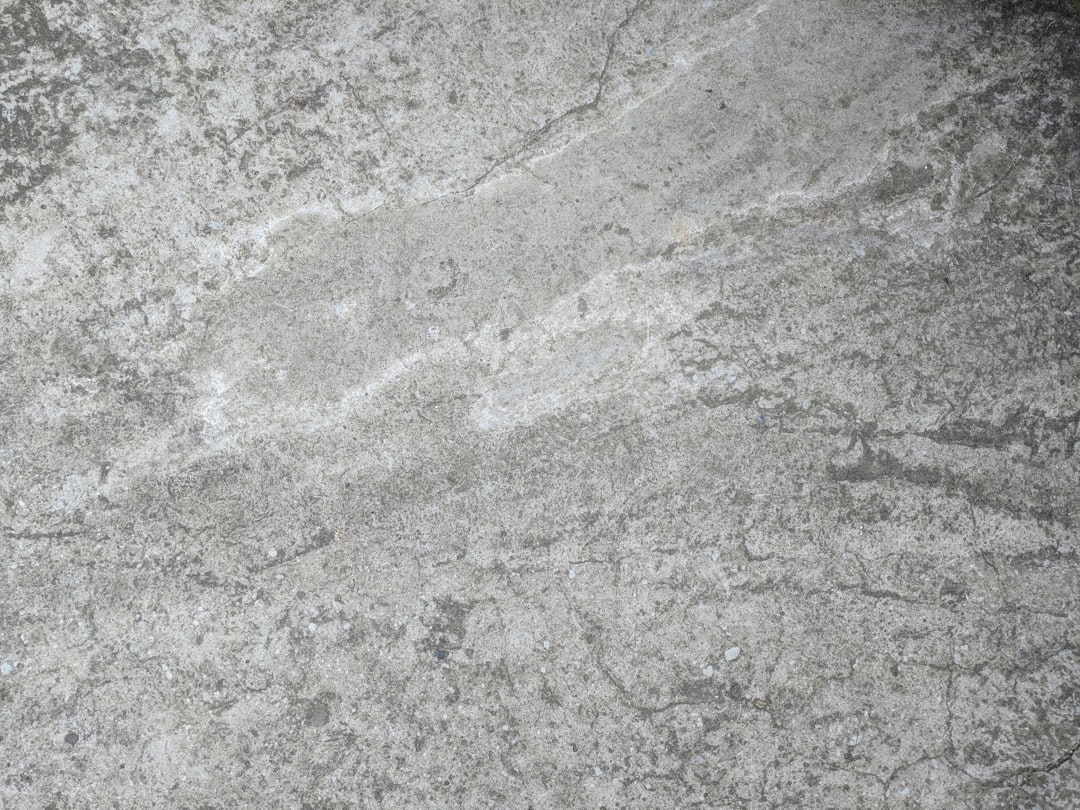Concrete is a versatile material that has many benefits for both home and business owners. It is durable, waterproof, and resistant to cracking. However, if it is not properly repaired or maintained, concrete can crack.
Check the Condition of the Cracks
When inspecting concrete for cracks, it is important to first determine the extent of the damage. If there are small cracks only a few millimetres wide, then repairs may not be necessary. However, if there are large cracks or fractures in the concrete, then repairs may be necessary.
If repair is required, various techniques can be used to close the cracks and restore the concrete's strength and durability. Depending on the severity of the damage, various repairs may include:
-Reinforcing with steel rebar or wire mesh
-Patching with epoxy or silicone sealant
-Placing a new layer of concrete over the damaged area
-Installing a waterproof membrane over the damaged area
When selecting a repair technique, it is important to consider the type of concrete and the condition of the cracks. Additionally, proper installation of the repair material is essential for ensuring that the concrete remains waterproof and strong.
Apply Cement to the Cracks
Cement is a popular material used in repairs and renovations of concrete. When applied to cracks, it can help to fill the gap and prevent further deterioration. Cement is available in a variety of colours and textures to suit different needs, and can be poured using a variety of techniques. Proper preparation is essential for success with this type of repair, and proper use of cement should be followed throughout the repair process to ensure that the final product meets expectations.
Smooth Out the Cement with an Iron or Steel Rod
If the concrete is severely cracked, or if pieces have fallen off the structure, a professional may recommend repairing the concrete with an iron or steel rod. This will smooth out the cement and hopefully prevent further damage.
Allow Time for Cement to Cure Before Walking on Floor Again
When applying cement to cracks, it is important to smooth out the cement with an iron or steel rod before allowing time for the cement to cure. This will help ensure that the concrete is properly bonded and provides a stronger foundation for the floor.
Once the cement has cured, you can walk on the floor again. However, be sure to inspect the area regularly for signs of cracking or damage. If any problems are detected, then repairs may need to be made again.
Seal the Cracks with Epoxy or Polyurethane Coatings
Sealing the cracks in concrete with epoxy or polyurethane coatings can protect the concrete from moisture and other decay factors. These sealants are relatively easy to apply and should be done every two to three years to maintain structural integrity.
Clean Up Any Residue Left Behind by Repairing
When repairing concrete, it is important to clean up any residue left behind. This can be done by using a degreaser or a scrubber. If the residue is too thick, then a power washer may be needed.
Re-coat with New Cement for Added Protection
When concrete is exposed to the elements and starts to show signs of wear, it is important to take action. The first step is to remove any existing peeling or cracked surfaces. Next, a new coat of cement should be applied in order to provide additional protection. This will help prolong the life of the concrete and protect it from future damage.
Call a Professional Concrete Repair Company
When concrete starts to show signs of wear or distress, it's time to call a professional. A concrete repair company can help patch and seal the cracks, restore the surface texture, and fix any other damage. They'll also recommend ways to keep your concrete looking its best over time. Slabtec is a professional concrete repair company that can help you get the job done right.
Conclusion
Repairing cracks in concrete can be difficult, but not impossible. By following these steps, you can repair your concrete floors and protect them from future damage.
Frequently Asked Questions
How Do You Repair Damaged Concrete?
The repair of concrete can be a difficult and time-consuming process. Damaged concrete can be repaired with a variety of techniques, but the most effective option typically depends on the severity of the damage. Concrete that has been damaged by water or weather can often be repaired with a combination of sealant and rebar reinforcement. Repairing concrete that has been damaged by chemical or physical agents is typically more complicated and requires specialist skills.
How Do You Repair Damaged Concrete
Repairing concrete is a common task that needs to be carried out on a regular basis in order to keep the structure in good condition and ensure that it can last for a long time. Concrete can be damaged by many factors, including weather conditions, traffic collisions, and stone damage. When concrete is damaged, it can start to slowly deteriorate over time and may become unstable. In order to repair concrete, first, you will need to assess the extent of the damage. If the damage is minor, then you may only need to clean the area and apply a sealant. More serious repairs may require removing sections of concrete or replacing them with new material.




